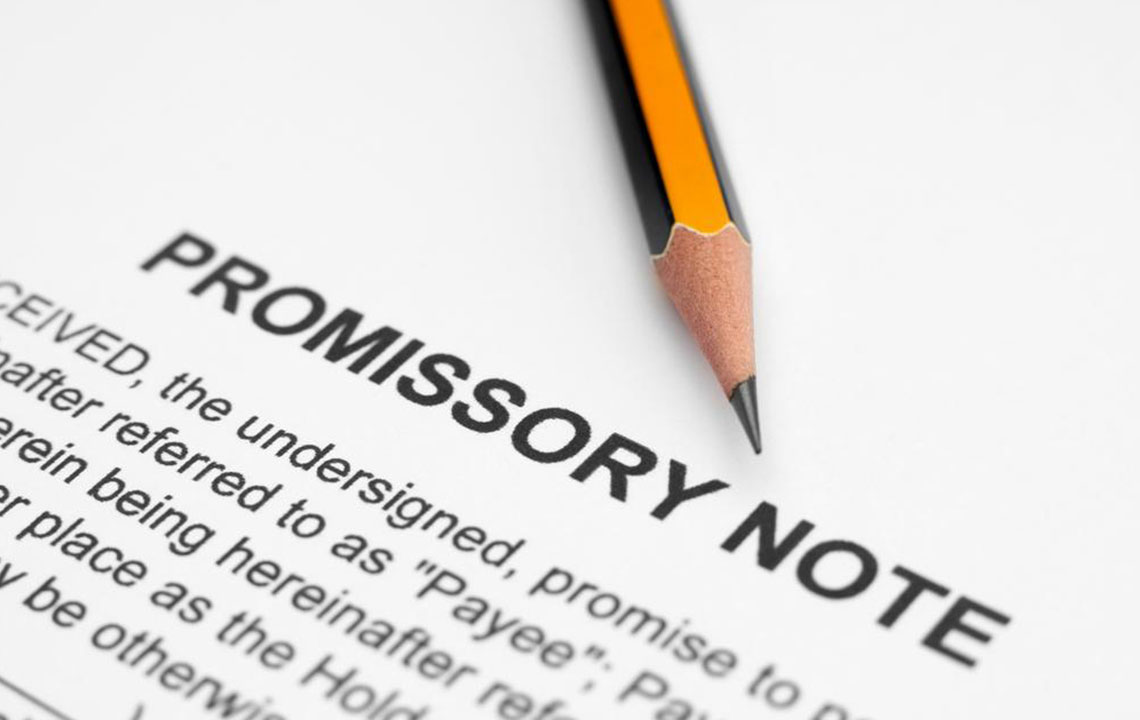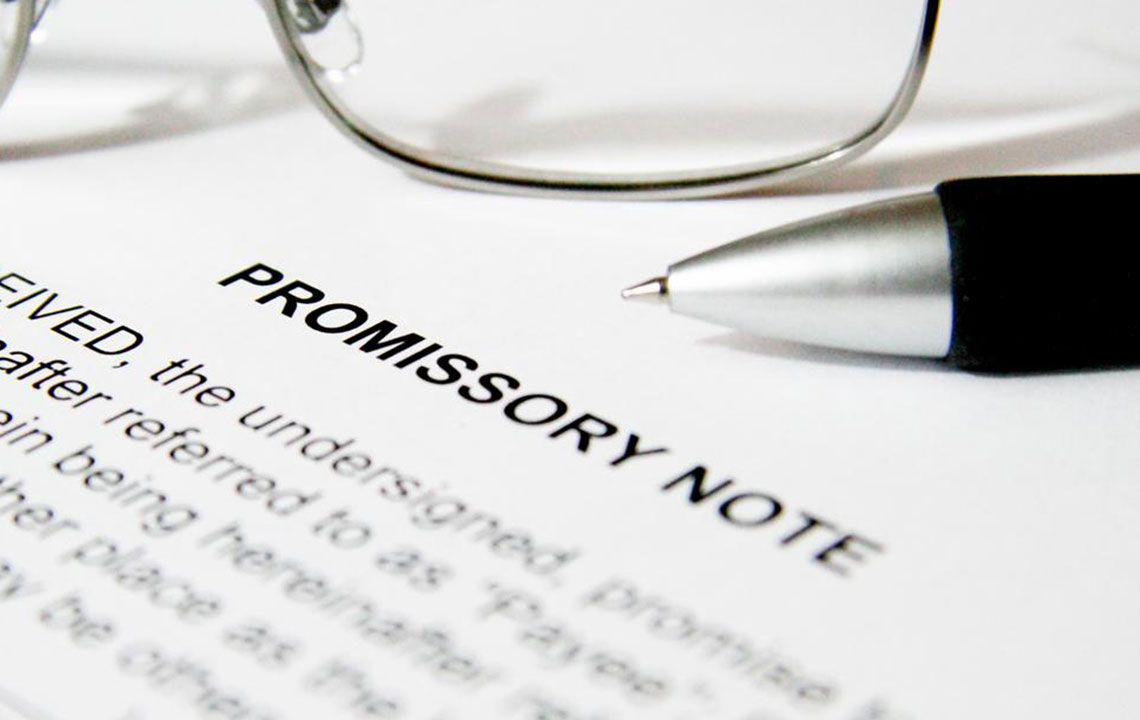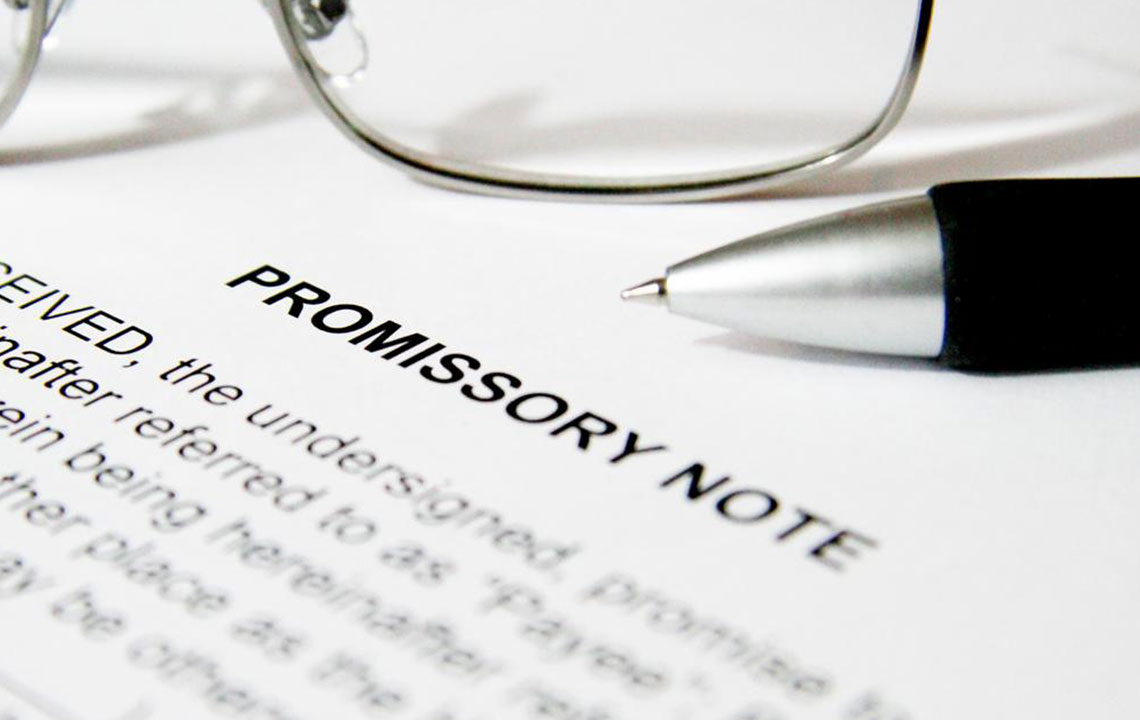Comprehensive Guide to Promissory Notes: Importance, Types, and Practical Insights
This comprehensive guide explains everything you need to know about promissory notes, including their importance, different types, and how they function in various borrowing scenarios. Learn how to draft a promissory note effectively to protect your interests whether you're a lender or borrower. The article emphasizes clarity, legal enforceability, and practical tips for using promissory notes in personal and business transactions, ensuring secure and transparent financial dealings.

Comprehensive Guide to Promissory Notes: Importance, Types, and Practical Insights
In the realm of financial transactions, particularly those involving personal loans, business financing, or private lending, the promissory note stands out as a fundamental legal document that ensures clarity and security for both lenders and borrowers. Understanding what a promissory note is, its significance, and how it functions in various borrowing scenarios is crucial for anyone involved in lending or borrowing money. This comprehensive guide delves into the nuances of promissory notes, exploring their key features, different types, and practical tips for drafting and using them effectively.
A promissory note is essentially a legally binding commitment that documents a loan agreement between two parties—the borrower and the lender. Unlike informal agreements or verbal promises, a promissory note provides a written record of the loan's terms, making enforceability and legal recourse clear and straightforward. Whether you're a borrower seeking a loan from a private individual or a business owner securing funding, understanding the structure and importance of a promissory note is vital to protect your interests.
While it does not guarantee repayment, a promissory note is a crucial document that spells out the obligations of each party involved. It minimizes misunderstandings and provides a clear roadmap for repayment, thereby reducing potential conflicts or legal disputes in the future. This document is especially necessary when dealing with private lenders, family members, or business partners, ensuring that the terms are explicit and enforceable.
Typically, a promissory note includes comprehensive details about the loan agreement, such as the names of the borrower and lender, the amount borrowed, interest rates, repayment schedule, due date, and specific conditions tied to the loan. The clarity provided by these details helps both parties understand their responsibilities and rights, fostering trust and transparency in the lending process.
It's worth noting that a promissory note can be customized to suit different borrowing scenarios. Whether it involves installment payments, a lump sum repayment, balloon payments, or demand repayment, the structure can be tailored accordingly. This flexibility makes the promissory note an adaptable instrument applicable in diverse financial arrangements.
Some common repayment options include:
Installments: Regular payments consisting of principal and interest on scheduled dates, suitable for installment loans and structured repayment plans.
Balloon Payments with Installments: Periodic interest payments combined with a final, larger payment of the principal at maturity, often used in commercial real estate or large business loans.
Lump Sum Payment: Full repayment of the entire loan amount plus interest on the agreed date, typically used for short-term borrowing or specific project financing.
Demand Repayment: The lender can request full repayment at any time, providing flexibility for both parties.
Another critical aspect of a promissory note is its detailed record of loan terms, including the interest rate, payment schedule, and deadlines. These details ensure transparency and serve as evidence in case of disputes. Additionally, many customizable templates are available online, simplifying the drafting process for both personal and business loans without necessitating advanced legal expertise.
In summary, the promissory note is a vital financial document that safeguards the interests of both borrowers and lenders. It ensures that repayment terms are clearly defined and legally binding, thus minimizing risks associated with informal agreements. Whether you're issuing or receiving a loan, understanding how to create and utilize promissory notes effectively can make your financial dealings more secure and organized.
In conclusion, mastering the essentials of promissory notes can significantly improve your financial transactions. By paying attention to the details in the note and selecting the appropriate repayment method, both parties can enjoy a smooth borrowing experience. Remember, a well-crafted promissory note is not just a piece of paper; it's a legal assurance that upholds your financial rights and responsibilities.





